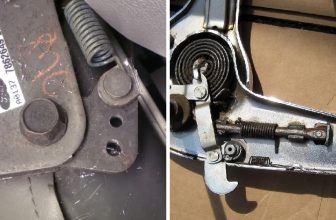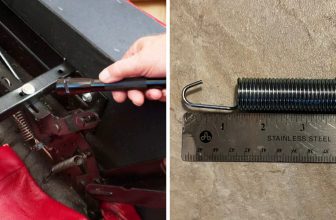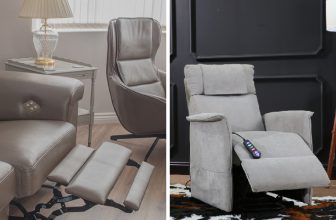How to Fix Sagging Recliner Seat
Are you finding that your recliner chair, the one that used to make all of those cozy nights in front of the TV extra comfortable, is now resigned to being a broken-down piece of furniture? If so, don’t worry – it doesn’t have to stay that way! With just a few simple tools and an online tutorial (or two), you can learn how to fix a recliner seat lever in no time.
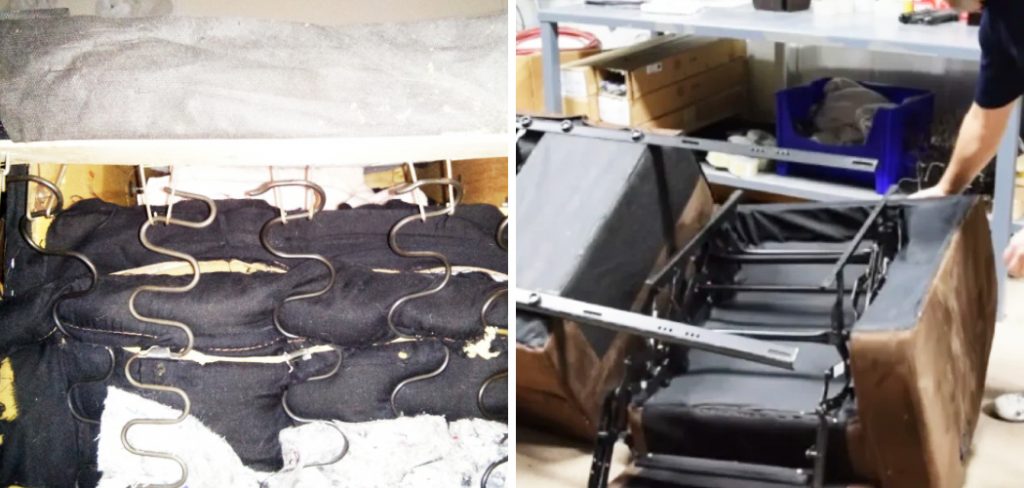
If you’ve ever felt the disappointment of having a broken recliner chair, then you know how inconvenient it is to try and adjust it into a comfortable position. Even worse, some repair shops charge exorbitant fees just to replace the broken seat lever. But before considering taking such drastic measures, why not try your hand at DIY furniture repair? In this blog post we’ll be looking at an easy step-by-step guide on how to fix sagging recliner seat!
What Causes Sagging Recliner Seat?
1 . Improper Usage
Improper usage is the most common cause of a sagging recliner seat. This could include using the reclining function too frequently, putting excessive weight on the seat, or sitting in an awkward position. Over time, these actions can put strain on the frame and springs of the recliner, causing it to sag.
2 . Age and Wear
As with any piece of furniture, age and wear can also contribute to a sagging recliner seat. Over time, the cushions and springs may become worn out, reducing their ability to support weight and maintain the shape of the seat.
3 . Low Quality Materials
Purchasing a recliner made with low-quality materials can also lead to a sagging seat. Cheap foam and weak springs are more likely to wear out quickly and cause the seat to sag. It is important to invest in a high-quality recliner to avoid this issue.
4 . Lack of Maintenance
Neglecting regular maintenance can also contribute to a sagging recliner seat. Failure to rotate cushions, clean spills promptly, or tighten loose screws can all lead to the deterioration of the recliner’s structure.
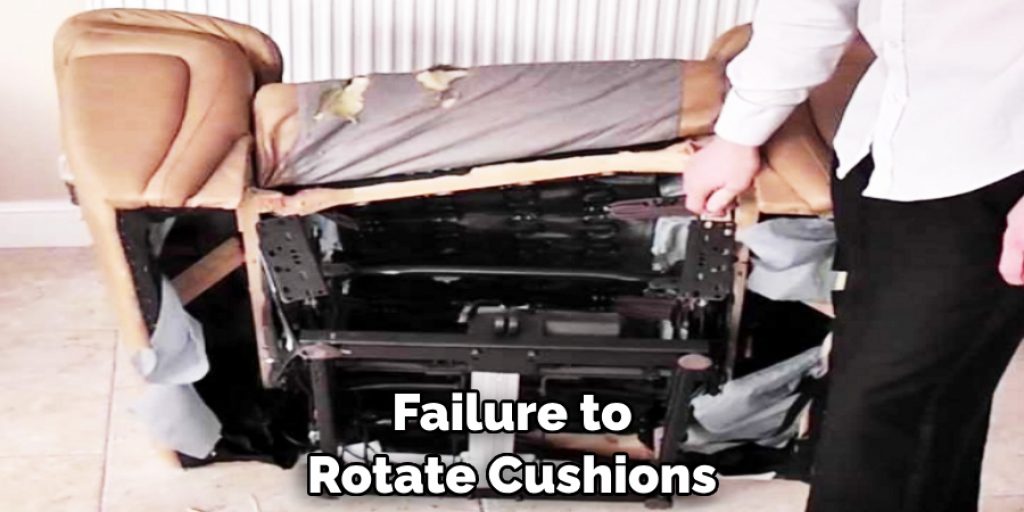
How to Fix Sagging Recliner Seat in 5 Easy Steps
Now that we have identified some common causes of a sagging recliner seat, let’s discuss how to fix it. Here are some steps you can take to restore your recliner to its former comfort and support:
Step 1: Identify the Cause
Before attempting any repairs, it is important to identify the cause of the sagging seat. This will help determine the best course of action and prevent further damage.
Step 2: Replace Springs or Cushions
If age and wear are the main culprits, you may need to replace the springs or cushions in your recliner. Look for high-quality replacement parts that will provide adequate support and durability.
Step 3: Tighten Screws
If the recliner’s frame is still in good condition, try tightening any loose screws that may be contributing to the sagging. This can help stabilize the structure and prevent further damage.
Step 4: Use Supportive Inserts
For a quick fix, you can use supportive inserts such as plywood or foam wedges to prop up the sagging areas of your recliner seat. However, this may not be a long-term solution and should be used in combination with other steps.
Step 5: Rotate Cushions
To prevent future sagging, be sure to regularly rotate your recliner’s cushions. This will help distribute weight evenly and reduce strain on specific areas of the seat.
Some Extra Tips to Fix Sagging Recliner Seat
1 . Adjusting the Tension Spring
If your recliner is equipped with a tension spring, you can try adjusting it to fix the sagging seat. Look for the adjustment knob or dial near the base of the recliner and turn it clockwise to tighten the spring. Test out the recliner after each adjustment until you find a comfortable resistance level.
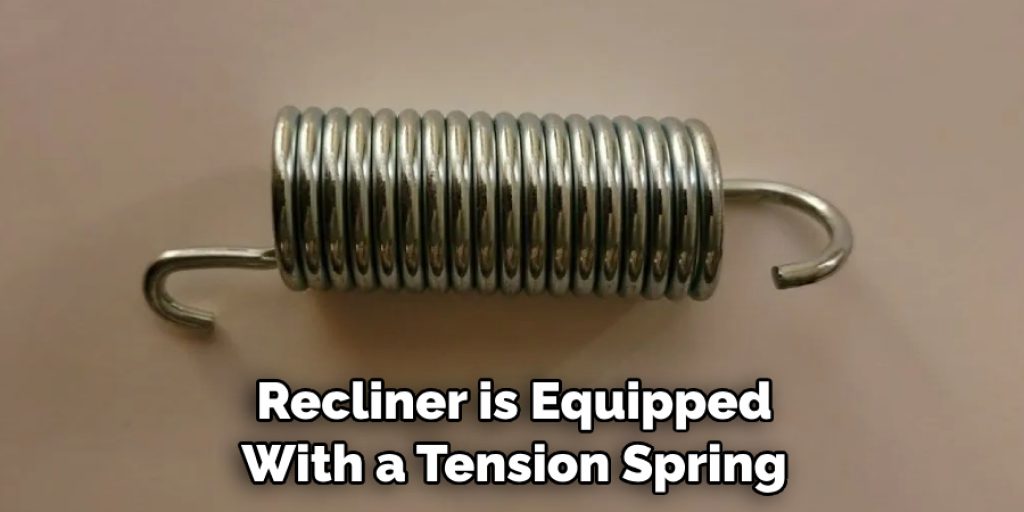
2 . Replacing the Seat Cushion
If adjusting the tension spring does not fix the problem, it may be time to replace the seat cushion. Over time, the foam in recliner seats can become compressed and lose its support. You can purchase a replacement cushion from the manufacturer or a furniture store. Make sure to measure your old cushion before purchasing to ensure a proper fit.
3 . Adding Extra Support
For a quick fix, you can try adding extra support to the sagging area. This can be done by placing a piece of plywood or a sturdy board between the seat cushion and the frame of the recliner. You can also use a pillow or rolled-up towel for added support.
4 . Checking for Loose Screws
A common cause of sagging seats in recliners is loose screws. Take a look at the base and frame of your recliner to see if any screws have come loose. Tighten them with a screwdriver to provide better support for the seat.
5 . Regular Maintenance
To prevent future sagging, it’s important to regularly maintain your recliner. This includes tightening any loose screws, adjusting the tension spring if necessary, and regularly fluffing and rotating the seat cushions. This will help distribute weight evenly and prevent excessive wear on one area of the recliner.
Frequently Asked Questions
What Precautions Should I Take Before Fixing My Sagging Recliner Seat?
Before attempting to fix your sagging recliner seat, it’s important to take certain precautions to ensure your safety and the success of the repair.
- Remove any objects or debris from underneath the recliner – this will give you a clear workspace and prevent any potential tripping hazards.
- Make sure your recliner is unplugged and turned off – you don’t want to accidentally activate the reclining mechanism while working on it.
- Have the necessary tools and materials ready – this could include a screwdriver, pliers, upholstery foam, and fabric.
- Read through the manufacturer’s manual or online tutorials for specific instructions on how to fix your particular brand of recliner.
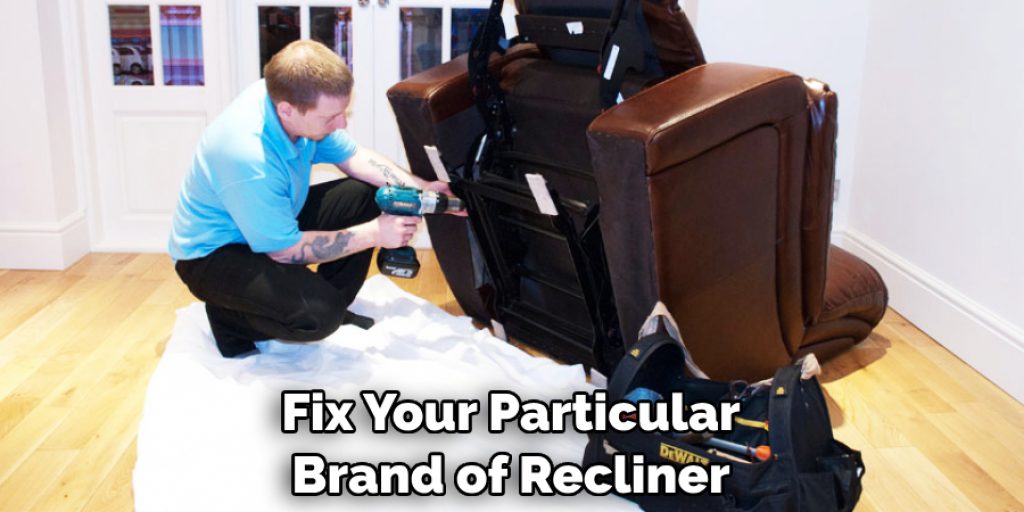
What Causes a Recliner Seat to Sag?
There are a few potential reasons for a recliner seat to sag, including:
- Weakened support springs or broken frame – over time, the springs and frame of your recliner can become worn out or damaged, resulting in a sagging seat.
- Worn-out foam or padding – if the foam or padding in your recliner’s seat has become compressed or deteriorated, it can no longer provide adequate support.
- Loose screws or bolts – if the screws or bolts holding your recliner together have become loose, the entire chair may shift and cause a sagging seat.
How Do I Fix a Sagging Recliner Seat?
There are several methods for fixing a sagging recliner seat, depending on the cause of the problem:
- If the support springs or frames are damaged, you may need to replace them with new parts.
- For worn-out foam or padding, you can purchase replacement upholstery foam and insert it into the seat to provide more support.
- Tighten any loose screws or bolts to stabilize your recliner and prevent further sagging.
Can I Fix a Sagging Recliner Seat Myself?
In most cases, it is possible to fix a sagging recliner seat yourself. However, if the damage is extensive or you are not confident in your repair skills, it may be best to seek professional help. Also, keep in mind that attempting to repair your recliner yourself could void any warranties on the product.
How Often Should I Check and Repair My Recliner Seat?
Regular maintenance and checking your recliner for any potential issues can prevent future sagging and extend the life of your chair. It is recommended to check your recliner at least once a year, or more often if it experiences heavy use.
If you notice any signs of sagging or damage, it’s best to address the issue as soon as possible to avoid further problems. Overall, taking good care of your recliner and staying on top of any necessary repairs can help keep your seat from sagging in the future.
Can I Prevent My Recliner Seat from Sagging?
While regular maintenance and repairs can help prevent a sagging recliner seat, there are also some preventative measures you can take to extend the life of your chair:
- Avoid standing or sitting on the footrest – this puts extra strain on the reclining mechanism and can cause it to wear out faster.
- Don’t allow children or pets to jump on the recliner – this can put excess weight and pressure on the seat.
- Avoid placing heavy objects on the footrest or seat – this can also cause the recliner to wear out faster.
- Rotate and flip cushions regularly – if your recliner has removable cushions, rotating them regularly can distribute weight more evenly and prevent sagging in one specific.
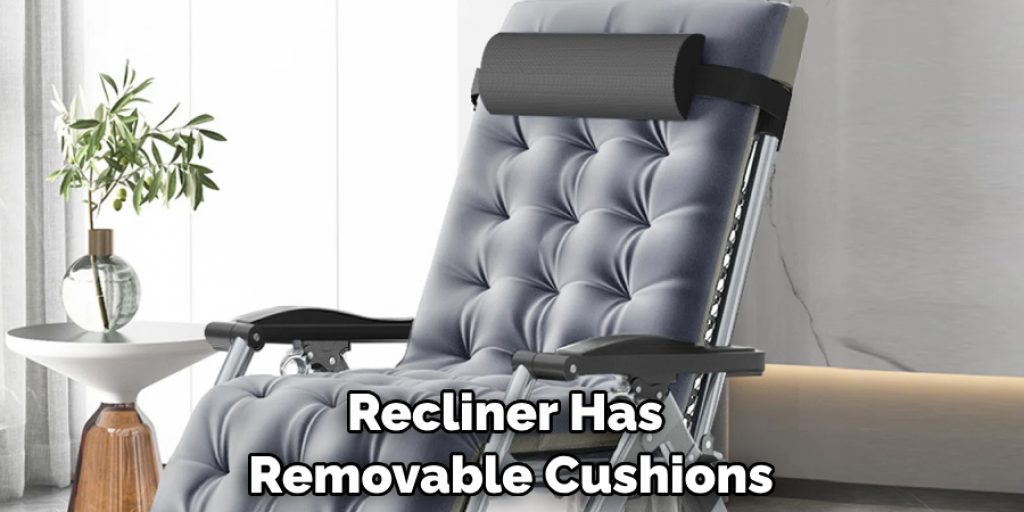
Conclusion
In conclusion, there are several creative ways how to fix sagging recliner seat. A simple foam and fabric solution is perfect for those on a budget, or those who prefer a DIY approach. If the sagging issue is more serious, then it might be beneficial to replace the springs or foam, although this will require some expertise. All in all, it’s possible to improve the comfort of your old recliner seat with a few simple steps.
No matter what option you choose, ensure that you take the proper safety precautions by using the necessary protective gear and support when completing any repairs. Everyone deserves to relax comfortably in their favorite reclining chair- so take action today to get yours back in top condition!

